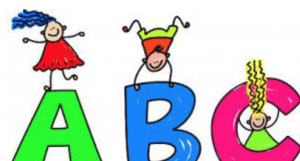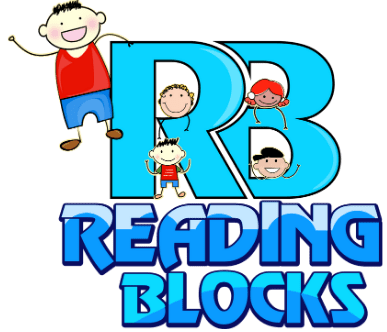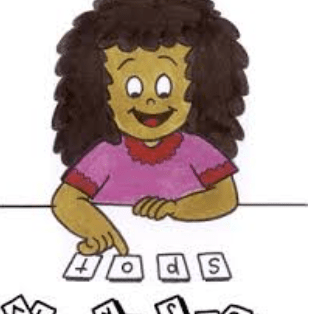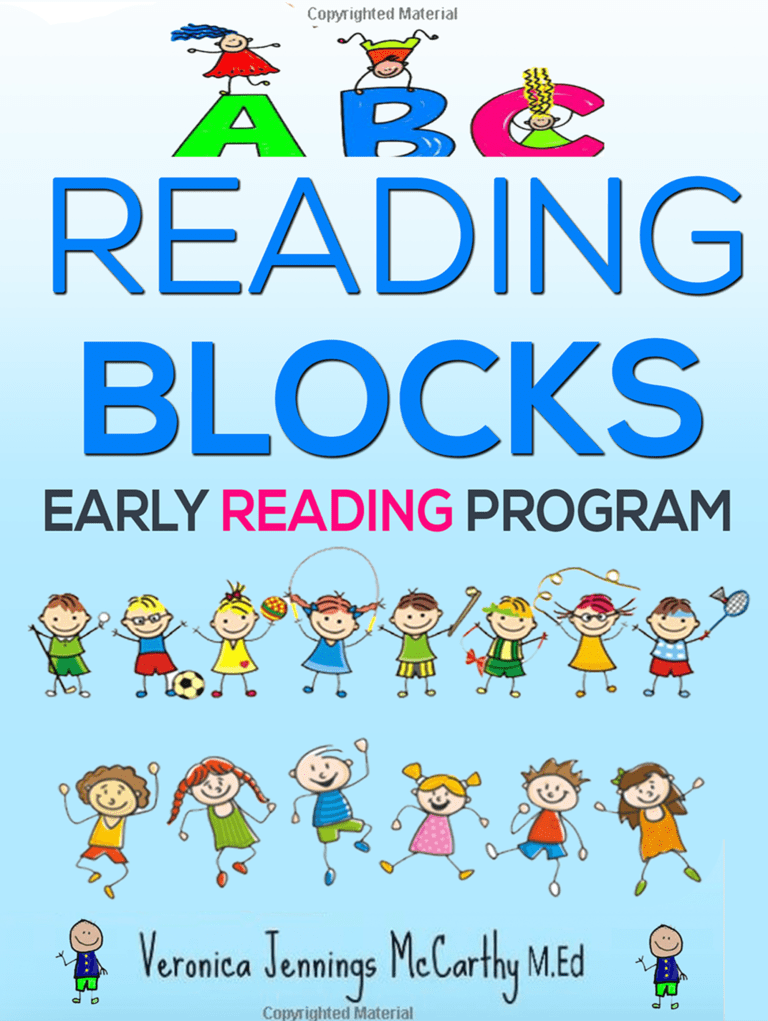 Phonemic Awareness Test
Phonemic Awareness Test
A Phonemic Awareness test will give you crucial information concerning a set of skills that are mandatory when learning to read. Phonemic awareness skills are a very effective early predictor for future reading difficulties. In other words, you can tell who is going to have trouble learning to read by testing the person’s phonemic awareness abilities.
This is my favorite quick Phonemic Awareness test! It’s so quick and easy to complete and gives you a great idea how able your reader is in this area.
What Exactly is Phonemic Awareness You Might Ask?

Phonemic Awareness is the ability to hear and manipulate the sounds that make up words. This is an auditory skill, not a visual skill. So an individual does not have to know the names and sounds of the alphabet letters to be successful in this skill. The person just has to be able to hear the individual sounds in a word and be able to separate those sounds and then blend the sounds back into a word.
For example, the word “cat” has three sounds, /c/, /a/, and/t/. An individual with good Phonemic Awareness skill would be able to tell you all three sounds in the word cat. They should also be able to tell you what the word is when you give them the sounds in the word. So if you said, “/c/, /a/, /t/” the person should be able to say that the word is cat.
This might sound like an easy skill but for someone with a learning difference, this can be very difficult to learn. Individuals with dyslexia (and other learning differences) struggle with hearing the difference in many of the alphabet sounds. A person with this type of brain will usually have difficulties in telling you the individual sounds in words. The good news is that this skill can be taught. The brain will build new and different pathways as the skill is taught, practiced and reinforced. For more information about Phonemic Awareness see this section.
 Phonemic Awareness Test
Phonemic Awareness Test
1) Rhyme
Directions: “Words that rhyme sound the same at the end. For example: cat, sat, rat rhyme because they sound the same at the end.” Practice a few before giving the test.
TEST: “Tell me a word that rhymes with __________.”
- sit
- cake
- jump
- me
- hot
2) Phoneme (Sound) Blending
Directions: “We say words by putting sounds together. I’m going to say a word very slowly and I want you to say the word fast.” For example: /m/ /o/ /p/ makes the word “mop”. Practice a few before giving the test.
Test: “/ / / / / / makes __________?”
- /b/ /a/ /k/ (back)
- /l/ /o/ /g/ (log)
- /s/ /i/ /p/ (sip)
- /m/ /u/ /d/ (mud)
- /n/ /e/ /s/ /t/ (nest)
3) Phoneme (Sound) Segmentation
Directions: “I will say a word and I want you to say it slowly and tell me all the sounds you hear in the word. For example, if I say ‘cat’, you will say, /c/ /a/ /t/. You will tell me the sounds you hear first, in the middle, and at the end.” Practice a few before giving the test.
TEST: Tell me the sounds you hear in _______________.
- knock /n/ /o/ /k/
- rug /r/ /u/ /g/
- mail /m/ /a/ /l/
- bike /b/ /i/ /k/
- cold /k/ /o/ /l/ /d/
1998 by Judy Lynch. This test was designed as a fast, informal assessment of a child’s ability to rhyme, blend sounds and segment sounds. It is designed for students with special needs as well as Kdg – 2nd grade.





